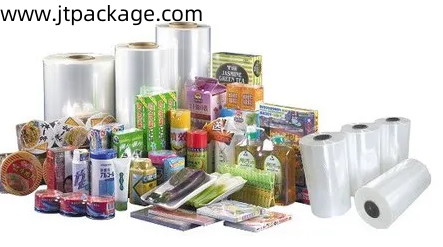Notifications

2 minutes, 24 seconds
-25 Views 0 Comments 0 Likes 0 Reviews

Comparing Polyolefin Shrink Film with Other Materials in Real-World Use
Polyolefin Shrink Film is widely used by manufacturers evaluating materials for consistency and adaptability. In the real world, packaging lines face constant challenges—from irregular product shapes to fluctuating speeds. When comparing this film with alternatives like PVC and polyethylene, it's important to focus on practical performance rather than technical claims.
One major difference seen in production settings is how each film handles temperature and sealing. Polyolefin Shrink Film seals at lower temperatures than PVC, reducing machine stress and energy use. It’s also known for producing less odor during sealing, a benefit in confined packing areas. Polyethylene, while durable, can lack the clarity and flexibility needed for shelf-ready packaging. Polyolefin Shrink Film offers a clear, smooth finish, helping products look consistent in stores.
At jtpackage, our Polyolefin Shrink Film options are tested for real-time efficiency across various industries. Feedback from clients shows it wraps faster with fewer interruptions, especially on automated lines. Compared to thicker materials, it conforms more easily to multipack items, reducing film waste and improving visual appeal. Its balance of strength and presentation makes it a practical alternative for food, electronics, and personal care packaging.
Operators also note the film’s compatibility with both tunnel shrink systems and manual machines. This makes it suitable for scaling operations without requiring major equipment changes. While each film type has strengths, many businesses report smoother transitions and fewer adjustments when switching to Polyolefin Shrink Film.
If you're reviewing materials for your packaging process, jtpackage can assist with comparisons and samples to help you make the right decision. See how Polyolefin Shrink Film performs across different environments at https://www.jtpackage.com/product/
polyolefin shrink film shrink film solutions packaging materials

